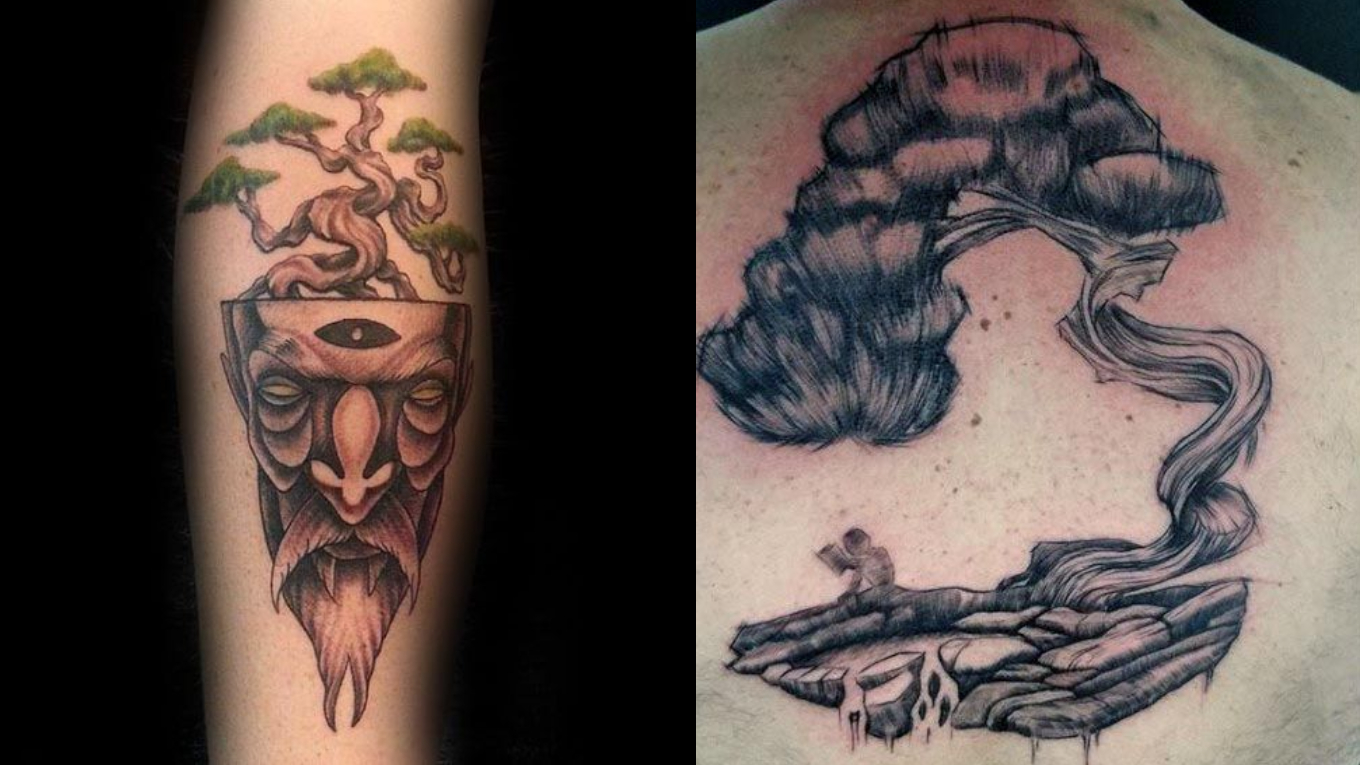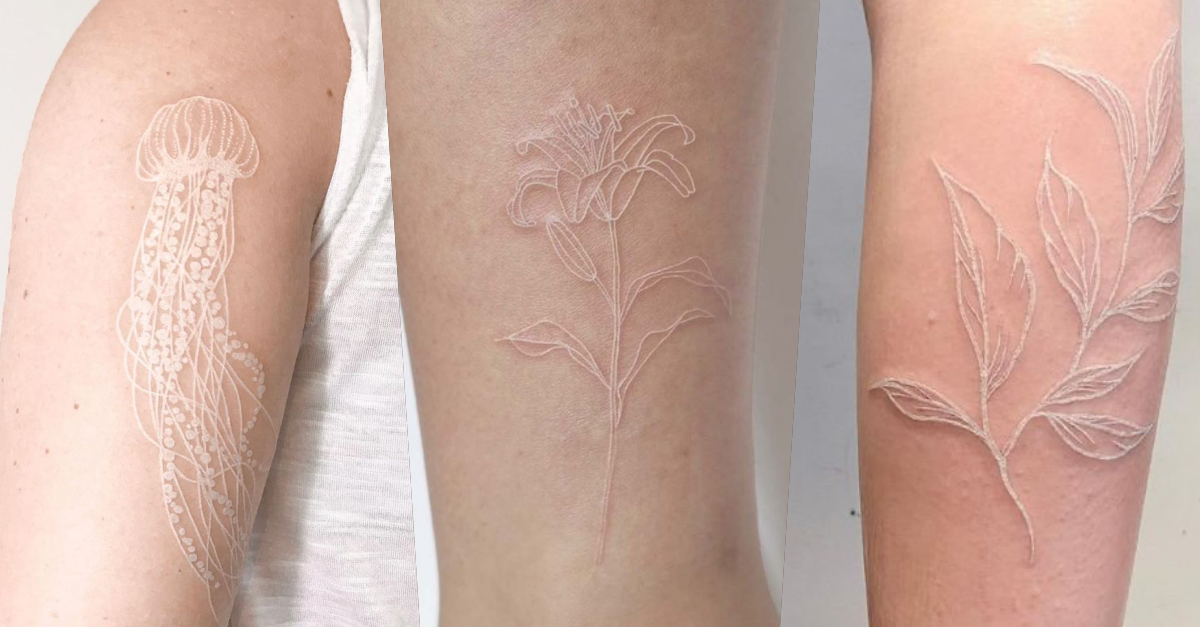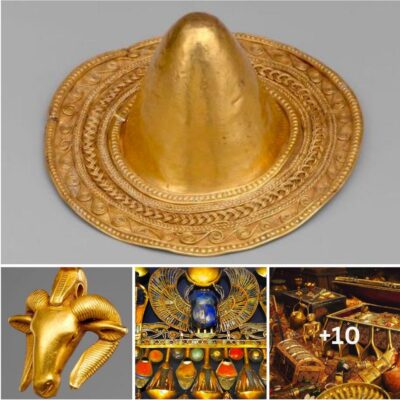With their graceful long necks tacked onto a set of chunky legs, they look like a mashup of mythical creatures. One of them, dubbed “Gimli,” after the trusty dwarf sidekick in the “Lord of the Rings” trilogy, was spotted by a group of scientists while conducting a photographic survey of the giraffe population in Murchison Falls National Park, Uganda. They immediately noticed that Gimli looked a little different from the others, with notably shorter legs than the other giraffes in the herd. Then, while carrying out similar work in Namibia, they spotted a second wild giraffe nicknamed “Nigel,” with a similar diminutive stature.
“The initial reaction was disbelief,” study lead author Michael Brown, a conservation science fellow with the Giraffe Conservation Foundation and the Smithsonian Conservation Biology Institute, told the Times. The giraffe’s legs unusually short legs made it look as though someone had stuck a giraffe’s head on a horse’s body.
The researchers then compared the two animals’ proportions with other giraffes of a similar age, and concluded that Gimli and Nigel have skeletal dysplasia, or abnormal bone development, that resulted in dwarfism. Their paper, published in the journal BMC Research Notes, is the first to describe giraffes with this condition found in the wild.
By comparing morphometric data obtained using photogrammetry – a technique based on a laser rangefinder measuring the distance between features of interest – the researchers were able to establish that Gimli and Nigel were indeed significantly different in height from the other members of each population of giraffes. Interestingly, the Ugandan giraffe made up for some of its short stature with a neck length that was actually slightly longer than that of a subadult giraffe at almost 1.5 meters (4.9 feet) compared to the normal 1.4 (4.6 feet).
The authors note that this is the first time this kind of skeletal dysplasia has been reported in wild giraffes, and that they have been unable to find any members of the scientific and zoo communities who have seen this in giraffes before. So apparently, the phenomenon is quite rare.

Strangely, the dwarf giraffe in Uganda had an above-average neck length despite its shortened legs. Photo: Michael Brown/Giraffe Conservation Foundation
But how does their short stature affect the lives of these animals? Well, for one thing, it could make them easier prey, “since they lack the ability to effectively run and kick, which are two of the giraffe’s most effective anti-predator tactics,” Brown said.
In addition, mating would obviously be a challenge as well. It would be nearly impossible for the two male giraffes to mount females, which can be up to 14 feet (4.3 m) tall, “unless they get a stepping stool,” David O’Connor, president of the nonprofit Save Giraffes Now, told the Times.

This dwarf giraffe was found in Namibia. Photo: Michael Brown/Giraffe Conservation Foundation
But how come Gimli and Nigel have such short legs? “It’s difficult to say for certain, but we speculate that these skeletal dysplasias may be associated with some genetic disorder, as the emergence of skeletal dysplasias are often rooted in molecular etiologies,” Brown told IFLScience.
“It’s worth noting that the Murchison Falls National Park giraffe population in Uganda experienced a significant population bottleneck in the late 1980s as a result of civil unrest and poaching. The population has rebounded remarkably since then with current estimates of over 1,500 giraffe, although it’s unclear if there are any lingering impacts of the earlier population bottleneck.”
So after all, the reason could be humans…











